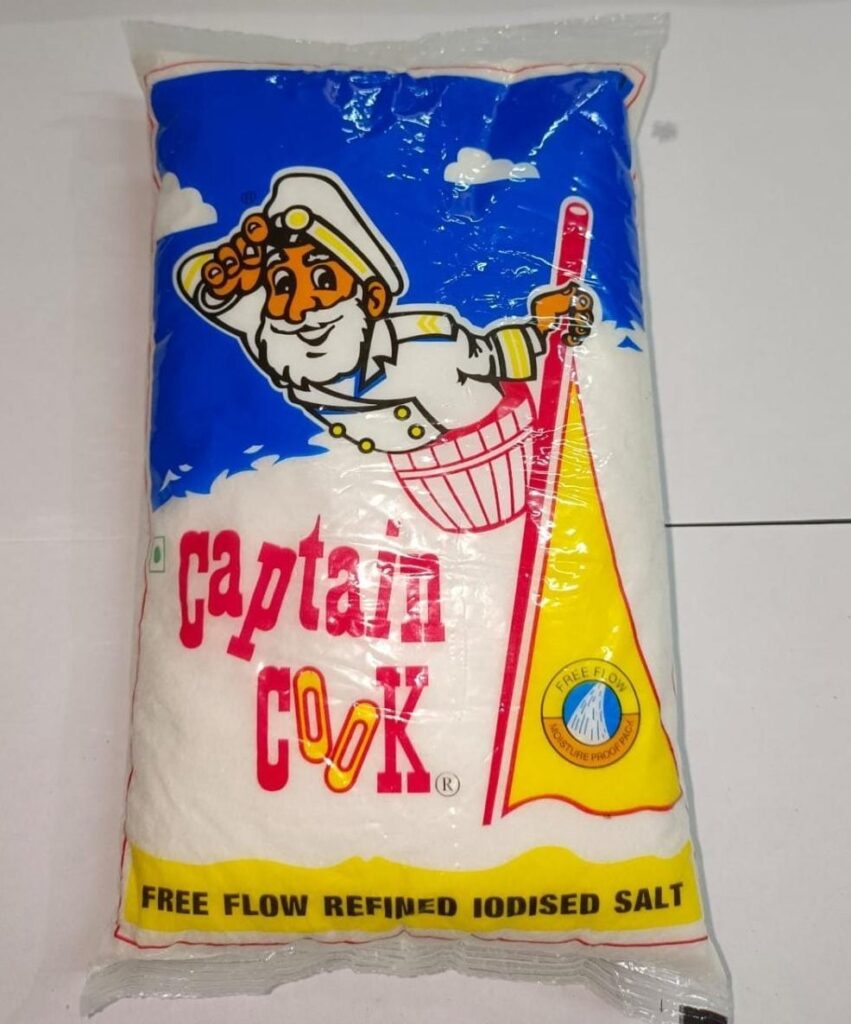Charm Pricing – The Logic of Bata Prices

Charm pricing is an anchoring bias that uses an odd number – usually nine – to show buyers perceived value and persuade them to buy.
For example, at Bata, for a product, the price that ends in Rs 19.95 instead of a whole number Rs 20!
Another type of Charm Pricing is Price lining.
Multiple versions of the same product/service are offered at different prices – budget (lowest), standard (mid-priced), and premium (expensive) options. Each has added features and benefits. Pricing is designed to attract upscale buyers, giving them a choice between a better product and a better deal.
Why charm pricing works
- Better Deal – Consumers are looking for any savings they can get, and a lower price is a saving – even if the difference is not that significant. In addition, many are driven by emotion. They want to feel like they received a deal. Prices for anything starting at Rs 19.95 rather than Rs 20 play with those emotions.
- Perceived loss: Consumers value products based on losses, not profits. Many customers read prices from left to right, they tend to pick the first number they perceive as the anchor. This means that Rs 19.95 feels a lot lesser than Rs 20 from the first impression, even though there is just a 0.05 difference.
- Perceived gain: The opposite of perceived loss can apply, and consumers can feel like they’ve saved money. The higher, rounded price acts as the anchor while the lower price represents savings. A 0.99 or 0.95 triggers a “sale” signal to consumers who may believe the price has been lowered.
- Promotional – Prices that end with nine or some odd number often indicate sales. This means that buyers are getting a good deal. This plays on the consumer’s psyche that the price may increase afterwards. So it’s justified as a value, not an expensive purchase!
- Specificity: Charm pricing offers a level of specificity that psychologically releases the idea that products are valued at their correct value especially if it is priced fractionally
Hypotheses on why charm pricing works
- Thomas and Morwitz (2005) coined the term “left digit effect” which said that this bias was due to the anchoring heuristic in multi-digit prices.
- Prospect Theory states that “consumers who face doubts, base the value of an alternative on gains or losses offered by the alternative, relative to some reference point, rather than on final absolute states of wealth or welfare.” The theory also contains indications that small deviations from the reference point tend to be exaggerated. So, based on prospect theory, it would be profitable to only price a few paise under a rupee. This theory works well because the user sets a reference point. The yardstick for something that is Rs19.95 is Rs 20. This makes the price look like a better deal.
The consumer ignores the least significant numbers instead of rounding them up correctly. Although paise are visible and not completely ignored, they are unconsciously partially neglected and could be amplified if paise are printed smaller.
And evidence suggests that despite its use, charm pricing still works. In a 2003 study conducted by researchers from the University of Chicago and the Massachusetts Institute of Technology, 3 different test groups received different prices for 4 different apparel. All control groups had prices ending at 9, and the researchers tested whether the price of the dress at $5 or less influenced purchase rates.
Researchers found that the product with a price of 9 was better than the others even though the prices of others were lower. So a $39 price tag resulted in more sales of the dress than a lower price of $34!
Charm pricing is a very important tool in pricing. They draw attention to your product and can induce the shoppers who are reluctant to purchase now.



